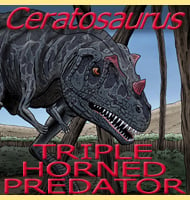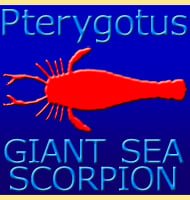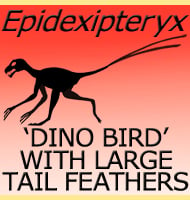In Depth
Auroraceratops is a genus of neoceratopsian dinosaur, the kind of horned dinosaurs that were becoming more and more common during the early Cretaceous, the descendants of which would grow into the horned giants like Triceratops at of the late Cretaceous. One of the notable features about Auroraceratops is the rough rugose appearance of the holotype skull. In life this would have been covered by a further development of keratin that would have left a pronounced appearance upon the face. This may have been a form of rudimentary armour protection for Auroraceratops engaged in butting or pushing contests with one another as they fought for dominance.
Another area of interest about Auroraceratops is that at least two pairs of teeth in the premaxilla are fang-like. The exact function and purpose of these teeth is unknown, but in other herbivorous animals teeth like these are often adaptations for digging and gaining grip on plants so that they can be removed from the ground with ease.
Auroraceratops was the second genus of basal neoceratopsian dinosaur found in the Mazong Shan area, with the Archaeoceratops genus being named in 1997. Another genus of ceratopsian dinosaur similar to Auroraceratops that lived at the same time but in Liaoning Province is Liaoceratops. Differences visible in the skull of Auroraceratops however mean that there is no doubt that Auroraceratops is a distinct genus.
The genus name Auroraceratops has double meaning in that it refers to the basal position of Auroraceratops in relation to other ceratopsians, and also to honour the wife of one of the describers, Dawn Dodson.
Further Reading
- On a new genus of basal Neoceratopsian dinosaur from the Early Cretaceous of Gansu Province, China, H. You, D. Li, Q. Ji, M. Lamanna & P. Dodson - 2005. – Postcranial morphology of the basal neoceratopsian (Ornithischia: Ceratopsia) Auroraceratops rugosus from the Early Cretaceous (Aptian–Albian) of northwestern Gansu Province, China. – Journal of Vertebrate Paleontology. 38 (sup 1.): 75–116. – E. M. Morschhauser, H. You, D. Li & P. Dodson – 2019.










